
Lesser-Known Facts About The Porsche 996
We all know the 996 as a turning point for 911 models – in terms of its internal and aesthetical shifts – that has rapidly become one of the most popular Porsche models available on the market, majorly thanks to its recent surge in demand.
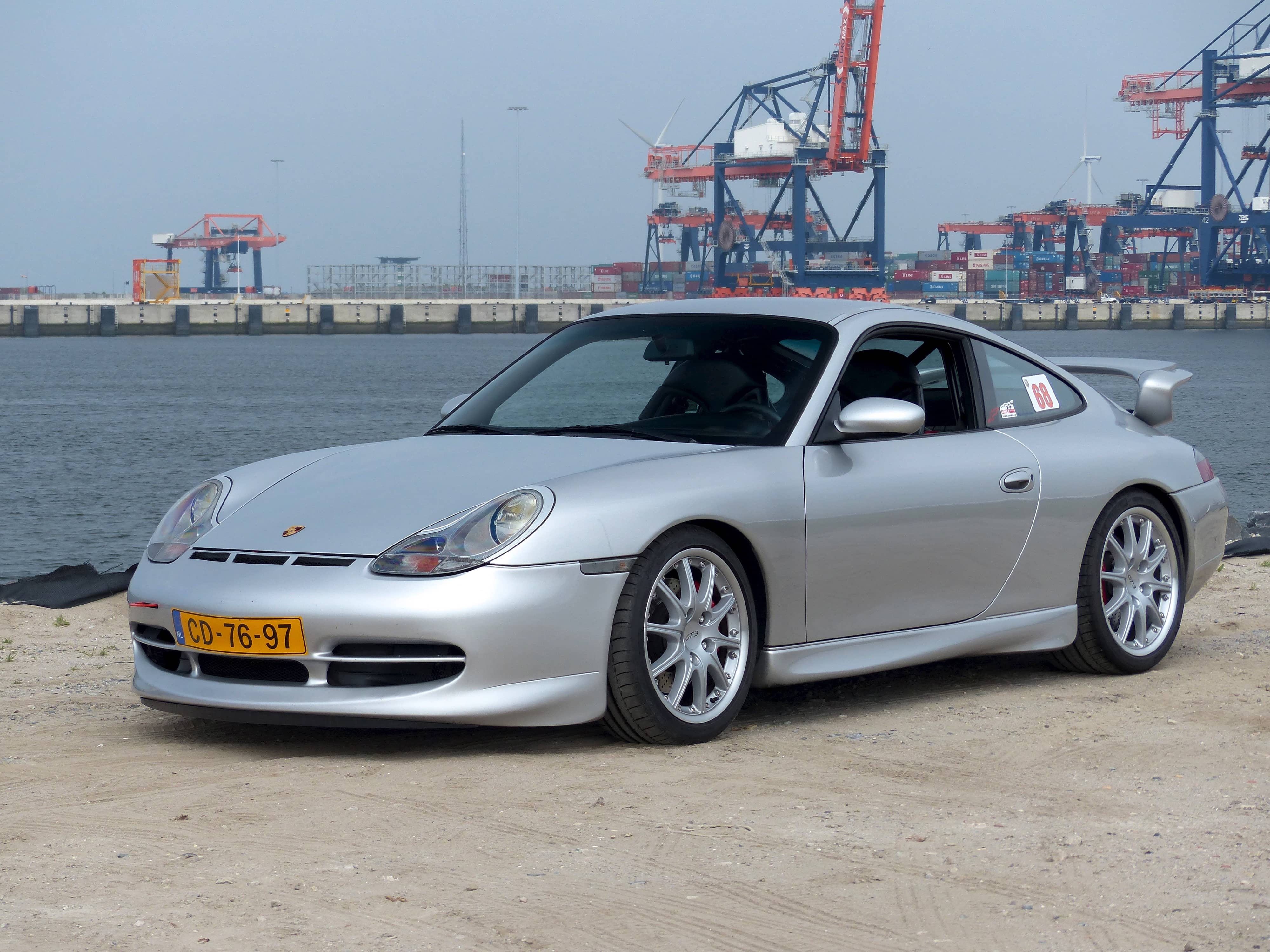
By Roman Boed from The Netherlands – Porsche GT3 at EuroportUploaded by FAEP, CC BY 2.0, https://commons.wikimedia.org/w/index.php?curid=27561161
The initial plan for the 996 had begun to be plotted by Pinky Lai in 1992 with the intention to take the Porsche 911 range comfortably into the next Millenium.
Utilising unique suspension and chassis in comparison to previous 911 models, the Porsche 996 received very early initial plaudit for its handling and newfound practicality; you see, up until this point, there had been almost no changes to these core handling features within the 911 variants throughout the years – it’s no surprise, then, that when these pre-1997 issues were fixed by the introduction of the 996, it was broadly welcomed.
You can read more about the history of the 996 here.
The 996 has, for a multitude of reasons, quickly become one of the most famous cars of its generation, but, despite this, there are still facts that may surprise you about this Porsche model and all of its sub-variants.
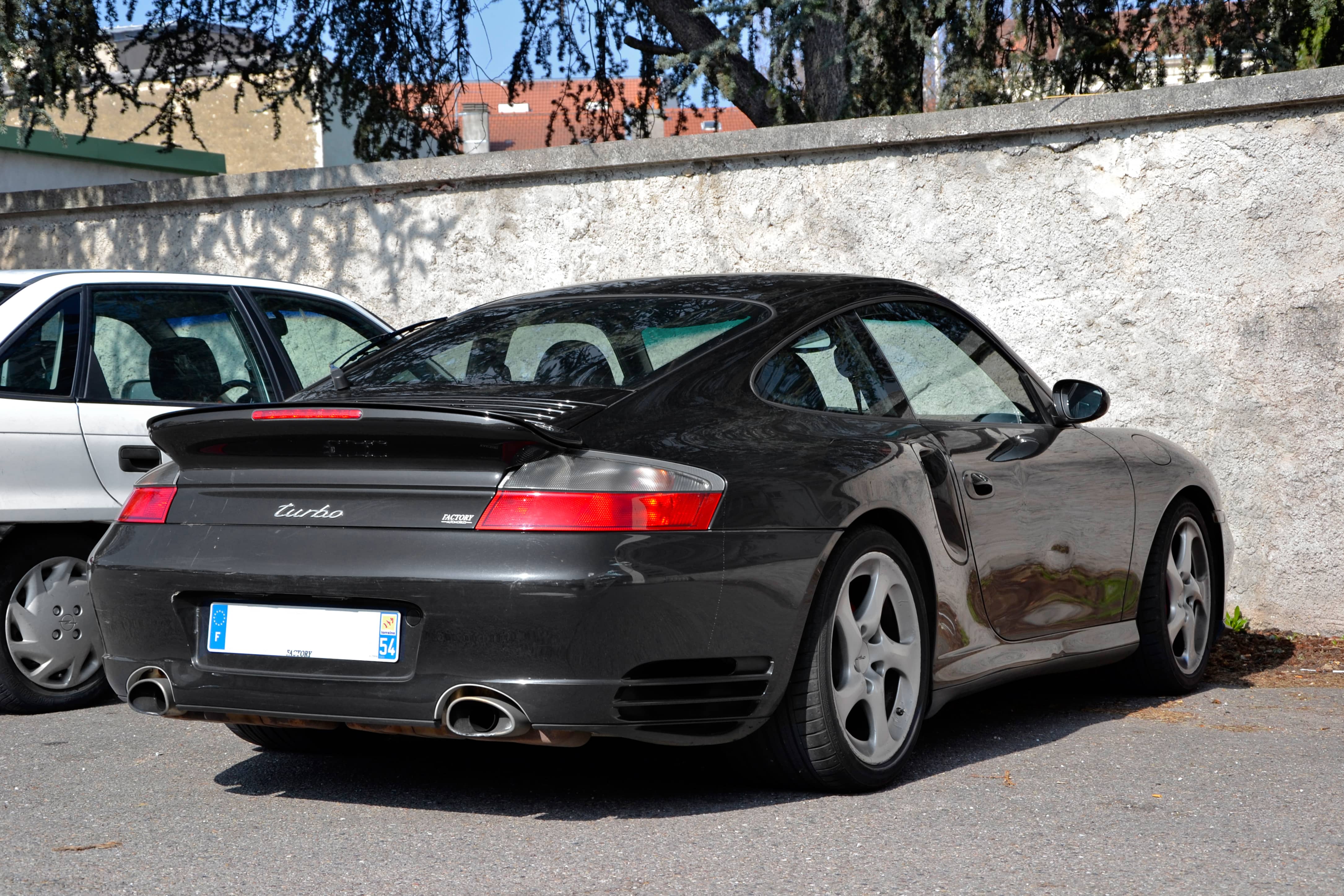
By Alexandre Prévot from Nancy, France – Porsche 911 TurboUploaded by FAEP, CC BY-SA 2.0, https://commons.wikimedia.org/w/index.php?curid=21325701
So, without further ado, here is a compilation of lesser-known facts about the fan-favourite Porsche 996.
The Porsche 996 may well have saved Porsche and the 911 model line.
The production of the 996 was partly provoked due to the financial struggles Porsche were plagued with during the 1990s and early 2000s.
Signature features of the previous 911 models were closing in on their full potential and previously novel Porsche parts were now impacted by new vehicular emission regulations and a lack of available funding.
One of the ways Porsche kept their costs down was by distributing development between the 996 and Boxster.
This ultimately permitted lower production and maintenance costs for both the Porsche 996 and Boxster and helped Porsche – eventually – wiggle out of potentially disastrous financial trouble.
It was the first 911 to be redesigned almost entirely
The 996 carried few features over from the previous 911 model, the 993 – this was primarily due to Porsche pushing for a modernised model that would comfortably see themselves, and sales, float into the 2000s.
Modifications included a revitalised interior, an all-new chassis and, of course, a change to a water-cooled engine – on top of this, even the features that were retained from the 993 were majorly tweaked and altered.
The 996 also experienced a 7-inch length and 2-inch width increase but was approximately 50kg lighter than the 993 that came before it.
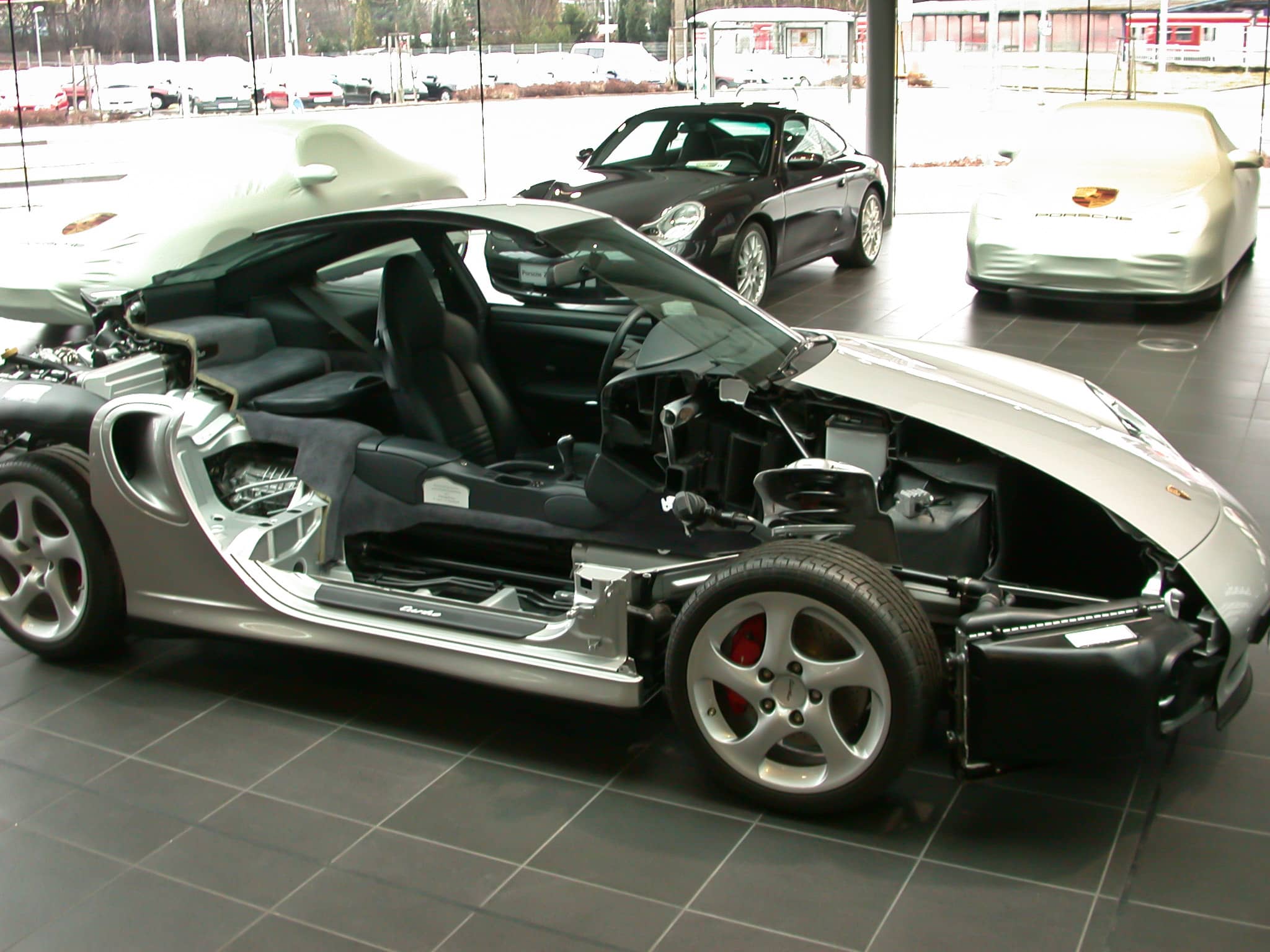
By Maximilian Schönherr – Own work, CC BY-SA 3.0, https://commons.wikimedia.org/w/index.php?curid=15685324
The switch to a water-cooled engine made it more powerful than anything Porsche had previously made
You would be forgiven for thinking that the 993 was more powerful than the Porsche 996.
This is a misconception commonly made due to the difference in price between the two and because the 996 utilised a smaller 3.4-litre engine, however, the reality is that the 996 was more powerful than any 911 that had come before it.
The 993 was released with a base 282 horsepower, which is lower than the 296 horsepower of the 996.
The base 996 Carrera also did 0-64 mph in 5.2 seconds and also reached a top speed of 170 mph; in comparison, the base 993 Carrera did 0-64 mph in 5.6 seconds and reached a top speed of 168 mph.
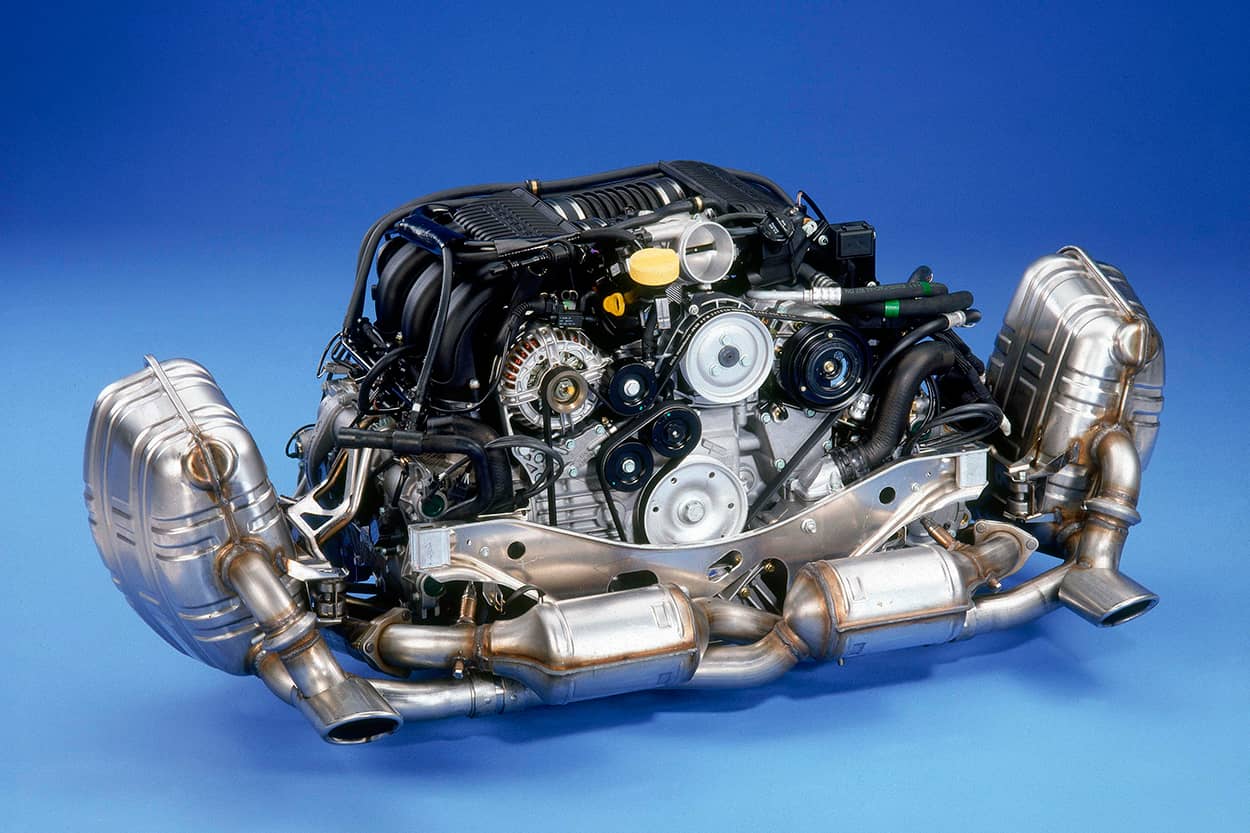
3.4 Litre, Flat-Six Engine, 1998 – https://www.pca.org/sites/default/files/u/3.4-flat-six-1998.jpg
The change in headlights was influenced by a change in driving regulations
The 996’s “fried-egg” headlights are among its most infamous features; many argue that the traditional “bug-eye” headlight look – which remains on Porsche models to this day – is better aesthetically and stay true to the roots of 911s, however, the “fried-egg” look was not purely a stylistic change.
Due to freshly introduced safety regulations, seeing a combination of head and taillights was becoming increasingly common at the beginning of the 21st Century.
It is therefore understandable that Porsche made this shift, as not only was it a new feature that signified a 21st Century trend but it also allowed the 996 to easily meet safety guidelines.
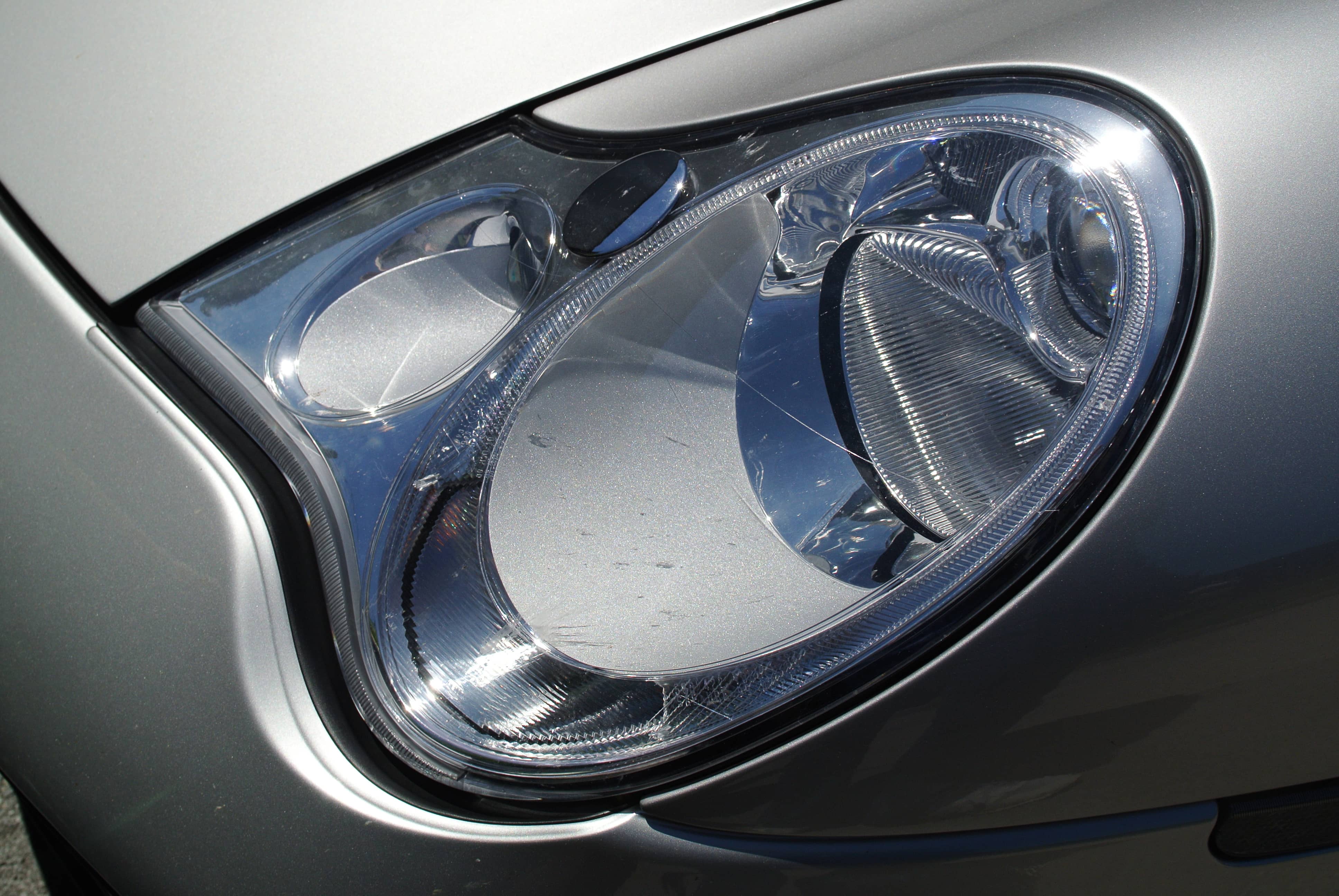
Porsche 996 “Fried-Egg” Style Headlight
It was susceptible to IMS Bearing issues
The Porsche 996 came off the production line with a proneness to IMS bearing issues that oftentimes led to a costly engine failure.
This was because Porsche had unintentionally neglected the amount of part lubrication required for the shaft bearing – which is what led to numerous immediate and abrupt engine failures.
Luckily, IMS bearing solutions are common and the part is easily replaced – this is something we cover here.

IMS Bearing Replacement Kit for the Porsche 996
